
Alfred Louis Charles de Musset-Pathay was a French dramatist, poet, and novelist. Along with his poetry, he is known for writing the autobiographical novel La Confession d'un enfant du siècle.
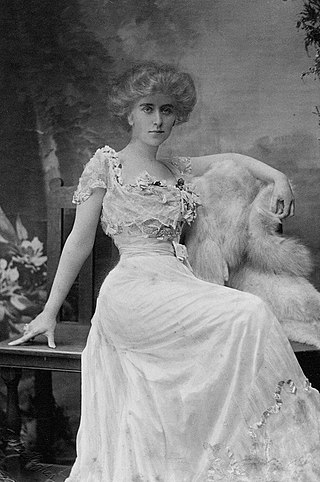
Natalie Clifford Barney was an American writer who hosted a literary salon at her home in Paris that brought together French and international writers. She influenced other authors through her salon and also with her poetry, plays, and epigrams, often thematically tied to her lesbianism and feminism.

Frank Gelett Burgess was an American artist, art critic, poet, author and humorist. An important figure in the San Francisco Bay Area literary renaissance of the 1890s, particularly through his iconoclastic little magazine, The Lark, and association with The Crowd literary group. He is best known as a writer of nonsense verse, such as "The Purple Cow," and for introducing French modern art to the United States in an essay titled "The Wild Men of Paris." He was the illustrator of the Goops murals, in Coppa's restaurant, in the Montgomery Block and author of the popular Goops books. Burgess coined the term "blurb."
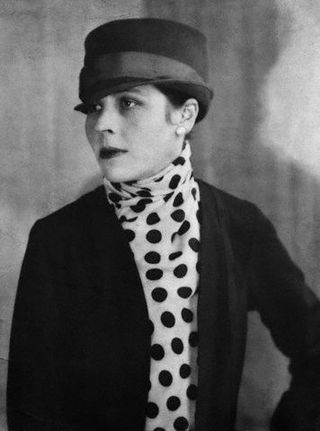
Djuna Barnes was an American artist, illustrator, journalist, and writer who is perhaps best known for her novel Nightwood (1936), a cult classic of lesbian fiction and an important work of modernist literature.
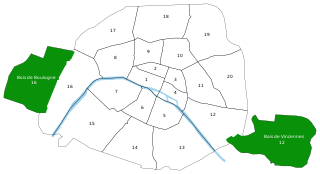
The Rive Gauche is the southern bank of the river Seine in Paris. Here the river flows roughly westward, cutting the city in two parts. When facing downstream, the southern bank is to the left, whereas the northern bank is to the right.

Darcy Megan Stanger, better known by the pen name Dame Darcy, is an alternative cartoonist, fine artist, musician, cabaret performer, and animator/filmmaker. Her "Neo-Victorian" comic book series Meat Cake was published by Fantagraphics Books from 1993 to 2008. The Meat Cake Bible compilation was released in June 2016 and nominated for The Eisner Award July 2017. Vegan Love: Dating and Partnering for the Cruelty-Free Gal, with Fashion, Makeup & Wedding Tips, written by Maya Gottfried and illustrated by Dame Darcy, was the Silver Medalist winners of the Independent Publisher Book Awards in 2018.
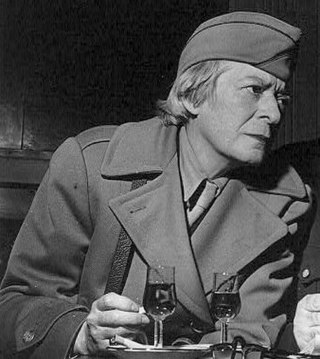
Janet Flanner was an American writer and pioneering narrative journalist who served as the Paris correspondent of The New Yorker magazine from 1925 until she retired in 1975. She wrote under the pen name "Genêt". She also published a single novel, The Cubical City, set in New York City.

Romaine Brooks was an American painter who worked mostly in Paris and Capri. She specialized in portraiture and used a subdued tonal palette keyed to the color gray. Brooks ignored contemporary artistic trends such as Cubism and Fauvism, drawing on her own original aesthetic inspired by the works of Charles Conder, Walter Sickert, and James McNeill Whistler. Her subjects ranged from anonymous models to titled aristocrats. She is best known for her images of women in androgynous or masculine dress, including her self-portrait of 1923, which is her most widely reproduced work.
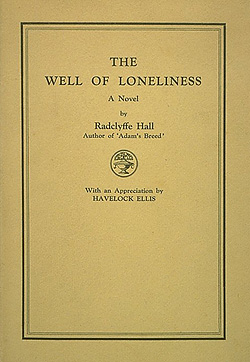
The Well of Loneliness is a lesbian novel by British author Radclyffe Hall that was first published in 1928 by Jonathan Cape. It follows the life of Stephen Gordon, an Englishwoman from an upper-class family whose "sexual inversion" (homosexuality) is apparent from an early age. She finds love with Mary Llewellyn, whom she meets while serving as an ambulance driver during the First World War, but their happiness together is marred by social isolation and rejection, which Hall depicts as the typical sufferings of "inverts", with predictably debilitating effects. The novel portrays "inversion" as a natural, God-given state and makes an explicit plea: "Give us also the right to our existence".

Elsa Baroness von Freytag-Loringhoven was a German-born avant-garde visual artist and poet, who was active in Greenwich Village, New York, from 1913 to 1923, where her radical self-displays came to embody a living Dada. She was considered one of the most controversial and radical women artists of the era.
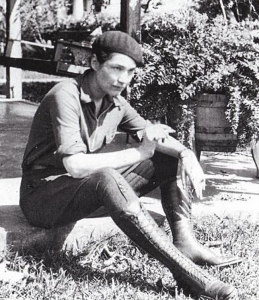
Thelma Ellen Wood was an American artist, specialising in the traditional fine line drawing technique known as Silverpoint. She was noted for her hectic private life, and her lesbian relationship with Djuna Barnes was fictionalized in Barnes' novel Nightwood.

Antoinette Corisande Élisabeth, Duchess of Clermont-Tonnerre was a French writer of the early 20th century, best known for her long-term lesbian relationship with Natalie Clifford Barney, an American writer. Élisabeth de Gramont had grown up among the highest aristocracy; when she was a child, according to Janet Flanner, "peasants on her farm... begged her not to clean her shoes before entering their houses". She looked back on this lost world of wealth and privilege with little regret, and became known as the "red duchess" for her support of socialism and feminism.

Solita Solano, born Sarah Wilkinson, was an American writer, poet and journalist.

Ryder (1928) is the first novel by Djuna Barnes. A composite of different literary styles, from lyrical poetry to sentimental fiction, it is an example of a modernist novel in the Rabelaisian tradition of bawdy and parodic fiction. Nearly every chapter is written in a different style. The novel is thought to draw on elements of Barnes's own life.
The Prix Renée Vivien is an annual French literary prize which is awarded to poets who write in French. Dedicated to the British poet Renée Vivien, the eponymous prize was first initiated in 1935, and continued intermittently by three different patrons, each with their own vision. First patron was Hélène de Zuylen de Nyevelt de Haar, followed by Natalie Clifford Barney in 1949 then more latterly and currently ongoing from 1994 with Claude Evrard. From each patron, the naming of the award after Renée Vivien was an act of remembrance. Nonetheless, women's poetry, feminist literature and the memories of romantic entanglement with the honoured poet have been inspiring on the first two patrons, who were more alike in their approach to awarding poets, while the heritage of Renée Vivien's style in contemporary poetry interested more Claude Evrard.

Henrietta (Henriette) Alice McCrea-Metcalf was an American born, French raised translator; she was one of the partners of Thelma Wood and was immortalized by Djuna Barnes in Nightwood.
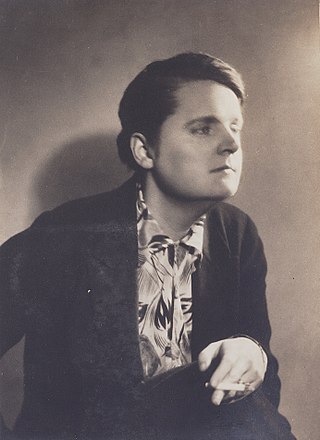
Esther Strachey was an American academic, historian, and socialite.
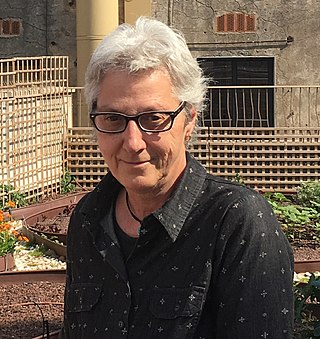
Isabel Franc is a Spanish writer who signs some of her novels with the pseudonym Lola Van Guardia.
Shari Gabrielson Goodmann, who published under the name Shari Benstock, was chairperson of the English department and associate dean for faculty affairs at the University of Miami and a feminist literary scholar. She was an expert on literary modernism, and a biographer of Edith Wharton.

Lena Braun is a Berlin-based artist, curator and author. She works as a cross-genre artist in the fields of performance and visual arts, often addressing non-normative femininity and gender expression. The art spaces that she has curated since 1988 have earned her the reputation of being a "Grand Dame" of Berlin's art scene.


















